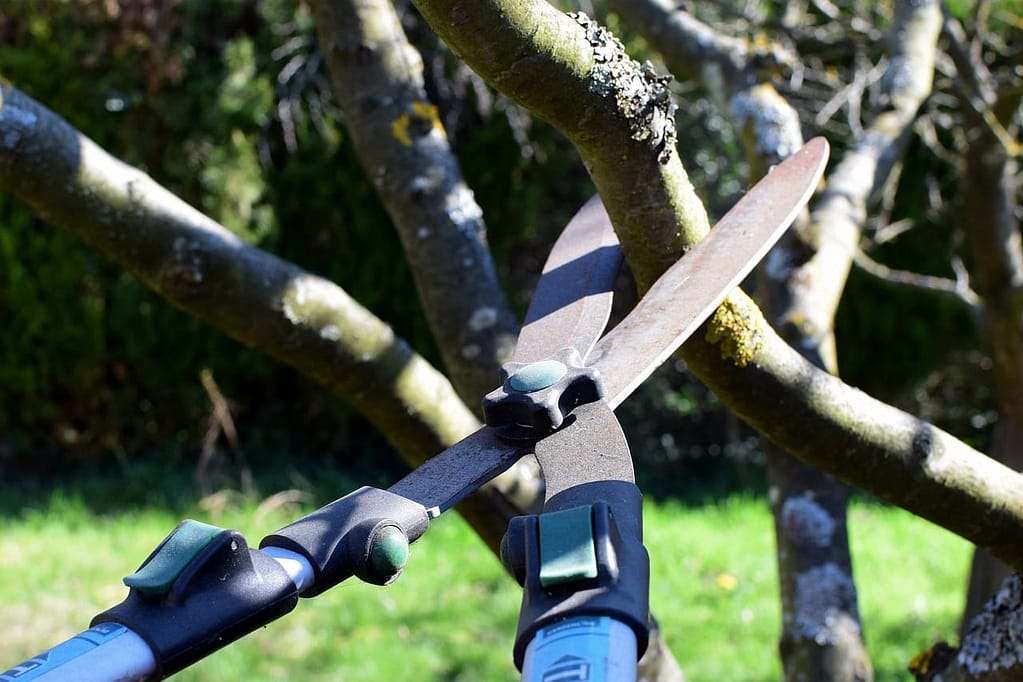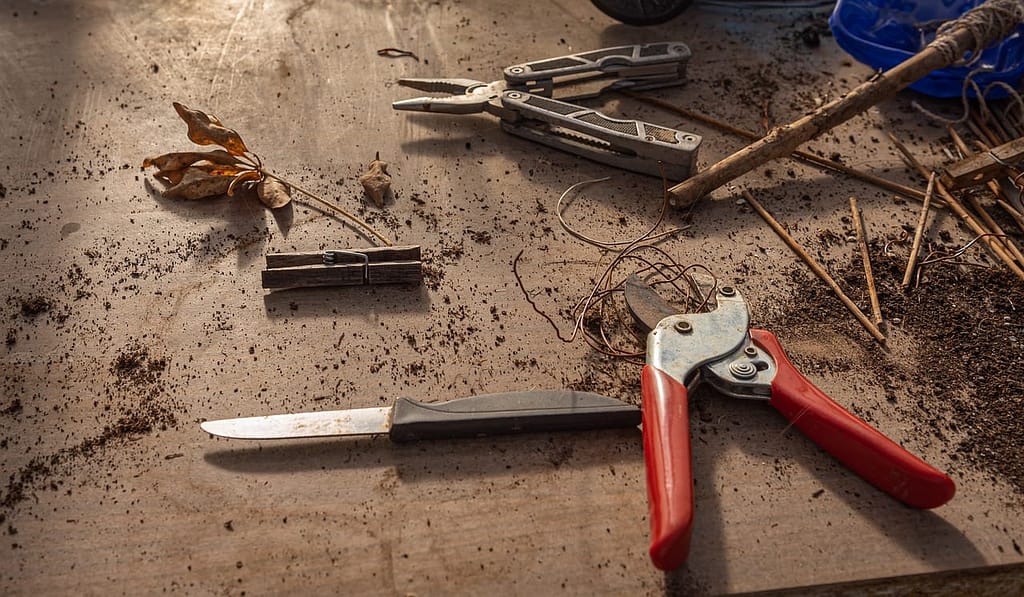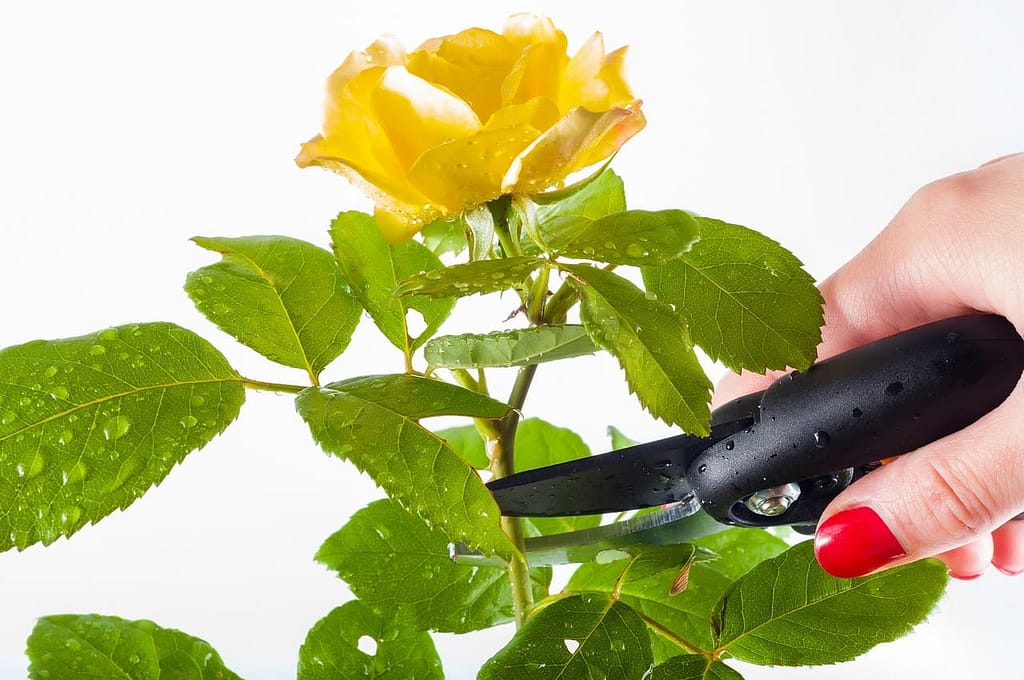
Pruning Tips for Beginners: Step-by-Step Guide to Pruning
Pruning your plants and shrubs properly is key to keeping them healthy and encouraging new growth. Follow this beginner’s guide for tips on when, how, and what to prune in your garden.
Hey there, fellow gardening enthusiast! Getting those pruning shears ready? I’m pumped to help you make the most of this essential gardening task.
Proper pruning keeps plants healthy and productive by removing damaged limbs, controlling growth, and encouraging blooms and fruit. It takes some know-how, though. With the wrong cuts at the wrong time, you can actually hurt your plants!
But don’t worry. With this beginner’s guide, you’ll learn pro pruning techniques for all your backyard beauties. I’ll walk you through the when, how, and why of pruning for gorgeous, thriving plants. Get ready to snip with confidence!
By the end, your green thumb will be even greener. Let’s dig in and get pruning!
When to Prune Common Plants

Spring vs fall pruning
Spring and fall are two lovely seasons for getting outside and giving your trees and shrubs a little TLC. Pruning is like a spa day for plants! It helps keep them healthy and looking their best.
In the spring, focus on removing dead or damaged branches so your plant can focus its energy on new growth. Make cuts just above outward-facing buds to encourage branching. Spring is also a good time for shaping and thinning overgrown plants.
Come fall, you can switch to stimulating new growth by cutting off spent flowers and older branches. This reminds the plant to push out fresh, new branches. Fall is ideal for pruning trees as they enter dormancy.
No matter when you prune, always sterilize your tools before snipping to avoid spreading disease. Then stand back and admire how your green friends shine with their new ‘dos! Pruning is an act of love that keeps your garden going strong all year.
Pruning timings:
Let’s talk about the best times to prune some popular plants in your garden.
For flowering shrubs like lilacs and azaleas, it’s best to prune right after they finish flowering in spring or early summer. This avoids removing next year’s flower buds.
Fruit trees can be pruned in late winter or early spring before growth starts. This helps shape the tree and allows light to reach the fruit.
Evergreen shrubs like boxwoods and hollies can be lightly trimmed and shaped anytime, but avoid major pruning in mid-summer.
Deciduous trees like maples and oaks should be pruned in late winter while dormant. Dead wood can be removed anytime.
Lastly, roses love a good haircut! Prune them back by one-third in early spring before new growth emerges.
There you have it! Follow these tips, and your garden will stay neat and healthy all year long. Let me know if you have any other questions!
Pruning Tools You’ll Need

Gardening pals, let’s get ready to prune the spring growth with the right pruning tools. First up, grab your trusty bypass pruners, which are perfect for trimming small branches and deadheading flowers. Don’t forget the long-handled loppers for thicker branches. A sharp pruning saw will let you cut through even more gnarly limbs. For delicate jobs, rely on your handy garden scissors. And for those hard-to-reach spots, your pole pruner is just the ticket. With these fantastic five, you’ll have the ideal instruments to shape your garden how you want it. So get snipping and let those branches fall where they may!
How to Make Proper Pruning Cuts
Now, Let me tell you how to prune plants like a pro! When you’re snipping away at those branches, you want to make the right kind of cuts. Pruning your plants properly is crucial for their health. When making a cut, it’s important to focus the cut right above an outward-facing bud. This allows for new growth in an outward direction, opening up the plant to sunlight while removing congested inward growth.
First things first, aim for the spot where the branch connects to the main stem. Make the cut at a 45-degree angle to allow rainwater runoff and prevent rotting. The cut should be clean and smooth—no leaving little nubs behind! Jagged cuts create entryways for pests and diseases. Be decisive when pruning, but not haphazard. And be sure to leave that little branch collar intact – it helps the plant heal.
Lastly, make clean, smooth slices without crushing or tearing the branch. Treat your plants gently! Follow these tips, and your pruning will help your plants thrive.
Step-by-Step Pruning for Beginners

Let’s talk about pruning your trees and shrubs the right way, my friend. No need to feel overwhelmed – I’m here to walk you through the process, step-by-step.
First, gather your trusty pruning shears, loppers, and saws. Make sure they’re clean and sharp – your plants will thank you!
Next, scan for any dead or damaged branches. Go ahead and remove those to keep your plant healthy. While you’re at it, trim away any overgrown, congested areas to open things up.
When making your cuts, always aim just above an outward-facing bud or branch. This encourages the plant to grow in the direction you want. Be decisive but gentle!
Don’t forget to pinch off those pesky suckers and water sprouts too. They zap energy from the main branches.
Finally, clean up any debris when you’re finished. Give your plant a smile and admire your handiwork!
Well done. Wasn’t that relaxing? With a few simple steps, you’ve mastered the art of pruning. Your plants look beautiful and will continue to thrive under your care.
Key Takeaways and Next Steps
And there you have it – the essentials of proper pruning techniques so you can keep your trees and shrubs happy and healthy. I hope these tips have empowered you to get snipping with confidence. Just remember to take it slow, use clean, sharp tools, and prune at the right time of year.
This is just the beginning of your pruning journey! With practice, you’ll get even better at knowing exactly where and when to make the right cuts. Don’t be afraid to get those hands dirty. The more experience you gain, the more instinctive it will become. And what a rewarding feeling it is when you step back to admire your handiwork.
If you ever have any questions down the road, you know where to find me. It’s been my pleasure to share this knowledge with you. Now go enjoy the sunshine and get to pruning, my friend! I can’t wait to see how your garden grows and flourishes under your care. Happy snipping!



